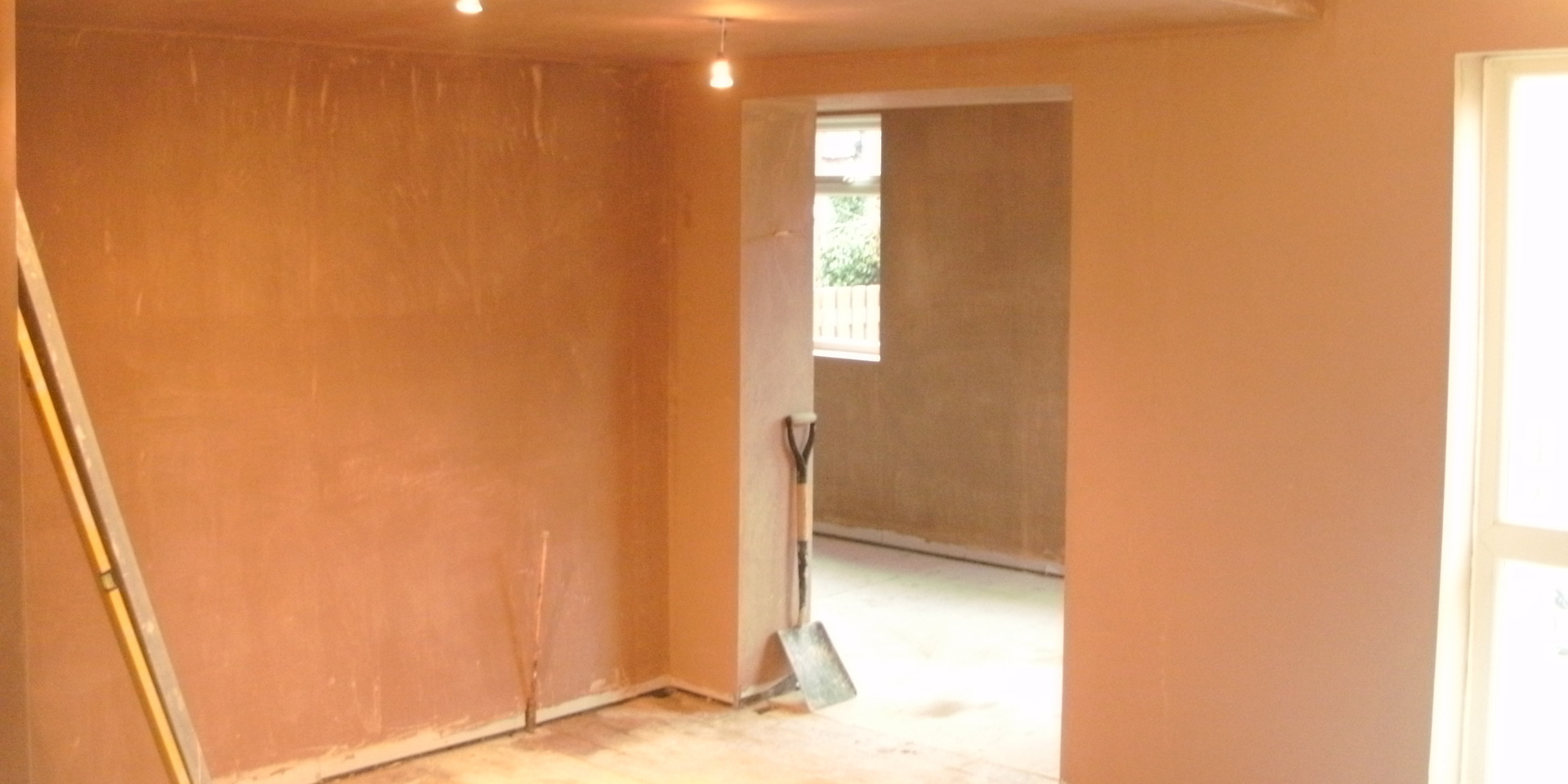Plastering Made Simple: Step-by-Step Guide for Beginners
Wiki Article
A Comprehensive Guide to Learning Plastering Skills for Your Remodelling Requirements

Necessary Devices and Materials
In the realm of plastering, having the right tools and products is critical to accomplishing a flawless surface. Different crucial devices serve distinct purposes, ensuring performance and accuracy throughout the gluing process. A high-quality trowel, as an example, is essential for smoothing and using plaster, while a hawk offers a stable system for holding the material. A joint blade is additionally vital for in-depth work, specifically in corners and edges.Along with tools, picking the ideal plastering materials is essential. Gypsum-based plasters are frequently preferred for their convenience and simplicity of usage, while cement-based choices are ideal for outside applications because of their longevity. Water and bonding agents play substantial roles in attaining proper uniformity and bond, ensuring that the plaster sticks effectively to the surface area.
Furthermore, protective gear such as goggles, masks, and gloves is important to secure versus dust and inflammation throughout the application procedure. By constructing the ideal mix of tools and materials, plasterers can improve their capability and produce high-grade coatings, eventually boosting the total craftsmanship of their work.
Preparing Surface Areas for Gluing
Attaining a smooth and durable plaster surface starts with careful prep work of the surface areas to be glued. This foundational action is crucial to making certain bond and the longevity of the plaster. Begin by evaluating the condition of the substrate-- whether it is drywall, concrete, or stonework-- eliminating any kind of loosened paint, dirt, or debris that may disrupt bonding.Next, fix any kind of blemishes such as fractures or openings. Utilize a suitable filler to accomplish a degree surface; this can be vital for stopping future problems. Once fixed, make certain the surface is completely dry and clean, as moisture can endanger plaster adherence.
For permeable surfaces, it is suggested to use a bonding agent. This item improves adhesion and develops a reliable user interface between the plaster and substrate. If functioning with previously plastered surfaces, it might be required to mess up or sand the area gently to supply a key for the brand-new plaster layer.
Gluing Strategies and Tips
Understanding smudging strategies requires both ability and practice to attain a perfect coating. One crucial technique is the application of the plaster in numerous thin layers, instead of a single thick layer. This method permits much better bond and lowers the danger of cracking. Begin with a base layer, ensuring it is equally spread out and leveled with a hawk and trowel. Utilize a straightedge to look for any type of blemishes before going on to succeeding layers.When applying the coating layer, employ a troweling strategy that entails holding the trowel at a small angle and functioning in a round motion. This helps to create a smooth surface area and decreases the look of trowel marks. In addition, keep a spray bottle of water helpful to mist the surface area gently; this maintains the plaster workable and permits smoother completing.
Timing is critical; work effectively, as the plaster starts to establish. Once the plaster has firmed up however is still wet, use a damp sponge to delicately smooth the surface further. Finally, allow adequate drying out time before sanding or painting, guaranteeing your hard work results in a professional, premium surface.
Typical Errors to Avoid

Another common mistake is using plaster also heavily. Excitable applications can bring about cracking and prolonged drying times. It's necessary to use plaster in thin, also layers, permitting each layer to completely dry adequately prior to including a lot more.
In addition, not making use of the right devices can prevent the top quality of the surface. Utilizing unacceptable trowels or mixers can develop variances in the gluing process. Always select top quality tools made for smudging jobs.
Last but not least, numerous people take too lightly the relevance of timing. Operating in inappropriate temperatures or humidity levels can adversely affect plaster drying out and treating. It is suggested to inspect weather problems and adapt your schedule as necessary.
Completing Touches for an Expert Appearance
The last stages of a gluing project are essential for attaining a refined, professional look. When the plaster has actually dried adequately, the next action is to evaluate the surface for flaws. Minor bumps, openings, or uneven locations need to be attended to using great sandpaper or a sanding block. This thorough interest to information is vital for ensuring a smooth finish.After sanding, it's suggested to clean the surface area to get rid of any dirt and particles. A damp fabric works for this function, adhered to by an extensive drying next out period. If essential, applying a slim layer of ending up plaster can improve the surface even more, giving a smooth coating.
When the completing plaster is completely dry, one more round of fining sand might be called for to accomplish the desired level of smoothness. Lastly, think about using a guide before painting or wallpapering, which will certainly enhance bond and longevity.
Conclusion
Understanding gluing skills considerably enhances the top quality of remodelling projects. A thorough understanding of essential devices, surface area preparation, and reliable methods is important for achieving specialist about his outcomes.Water and bonding representatives play considerable roles in accomplishing proper uniformity and adhesion, making certain that the plaster adheres properly to the surface. Plastering.


Additionally, maintain a spray bottle of water handy to mist the surface area lightly; this maintains the plaster workable and permits for smoother completing. (Plastering)
If essential, applying a slim layer of completing plaster can boost the surface area additionally, providing a smooth finish.
Report this wiki page